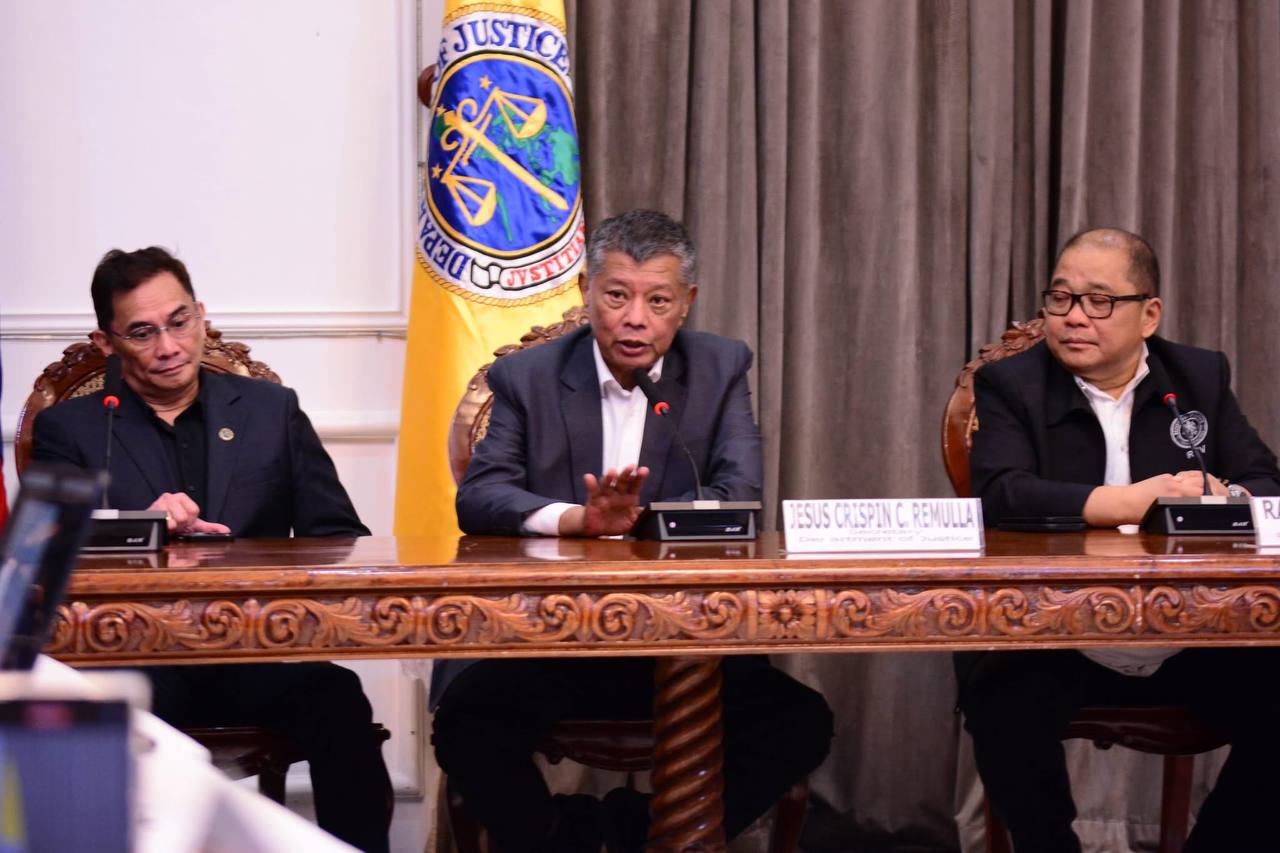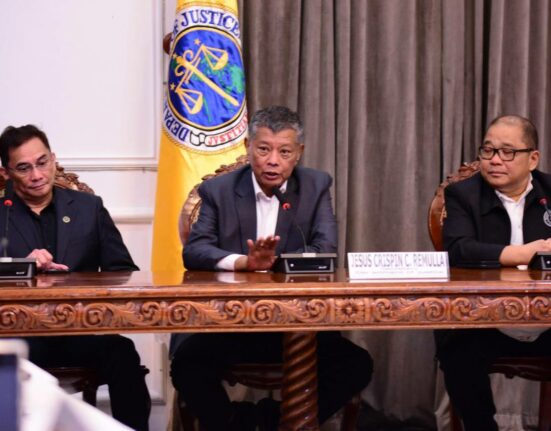IN A pivotal move for transparency, Ombudsman Jesus Crispin Remulla issued a memorandum restoring access to the Statements of Assets, Liabilities, and Net Worth (SALN) of government officials.
This move represents a notable change in the nation’s approach to accountability, following years of limited access that had been criticized by media watchdogs, civic groups, and concerned citizens.
By reopening access to these vital documents, a key tool for tracking integrity is reinstated in public service—especially as it includes the even president, vice president, heads of Constitutional officials, and local government officials.
To grasp the full weight of this change, it’s important to first understand what the SALN is and why it plays such a vital role in promoting honesty and accountability, especially during times of widespread corruption.
What is a SALN?
The SALN is a legally required document that compels all Philippine public officials and employees to disclose their total assets, liabilities, and net worth, including business interests and financial ties.
Submitted annually, the SALN serves as a transparency tool designed to help prevent corruption, detect illicit enrichment, and ensure that those in public office remain accountable to the people they serve.
The Office of the Ombudsman has the authority to request documents from relevant government agencies, including the Bureau of Internal Revenue, to verify an official’s declared assets, liabilities, net worth, and financial interests.
At its heart, the SALN is about public trust. In a democracy, citizens hand over power, resources, and authority to leaders. With that comes the duty to act ethically and transparently.
The SALN serves as a concrete tool to track the financial status and asset growth of public officials over the years, functioning both as a preventive measure against corruption and a means to uncover potential warning signs.
A notable case highlighting its significance was the 2012 impeachment of Chief Justice Renato Corona, which stemmed largely from his alleged omission of substantial assets in his SALN disclosures.
Why SALN Matters
Today, the call for greater SALN transparency comes at a crucial moment, especially with mounting evidence that corruption in government infrastructure—most notably in flood control projects—has been draining public funds in silence.
Time and again, audits and investigations have exposed irregularities, including suspicious transactions, incomplete or non-existent projects, and highly overpriced contracts tied to flood control efforts across the nation.
These corrupt practices, often hidden behind layers of red tape and silence, have reportedly diverted billions of pesos from the national budget—money meant to serve the Filipino people.
These losses aren’t abstract—they translate to concrete consequences: public schools left without resources, hospitals lacking equipment, vital roads left unfinished, and entire communities exposed to recurring flood disasters.
The depth of corruption suggests widespread collusion involving contractors, local and national government officials, and enabling agencies. Yet to date, accountability remains elusive.
In this context, the SALN proves to be a crucial instrument for transparency. When accessible to citizens and watchdog groups, it enables the tracking of wealth declarations, helping to spot sudden, unjustified spikes in a public official’s assets—often a key indicator of corrupt activity.
How useful was this post?
Click on a star to rate it!
Average rating 0 / 5. Vote count: 0
No votes so far! Be the first to rate this post.
We are sorry that this post was not useful for you!
Let us improve this post!
Tell us how we can improve this post?









